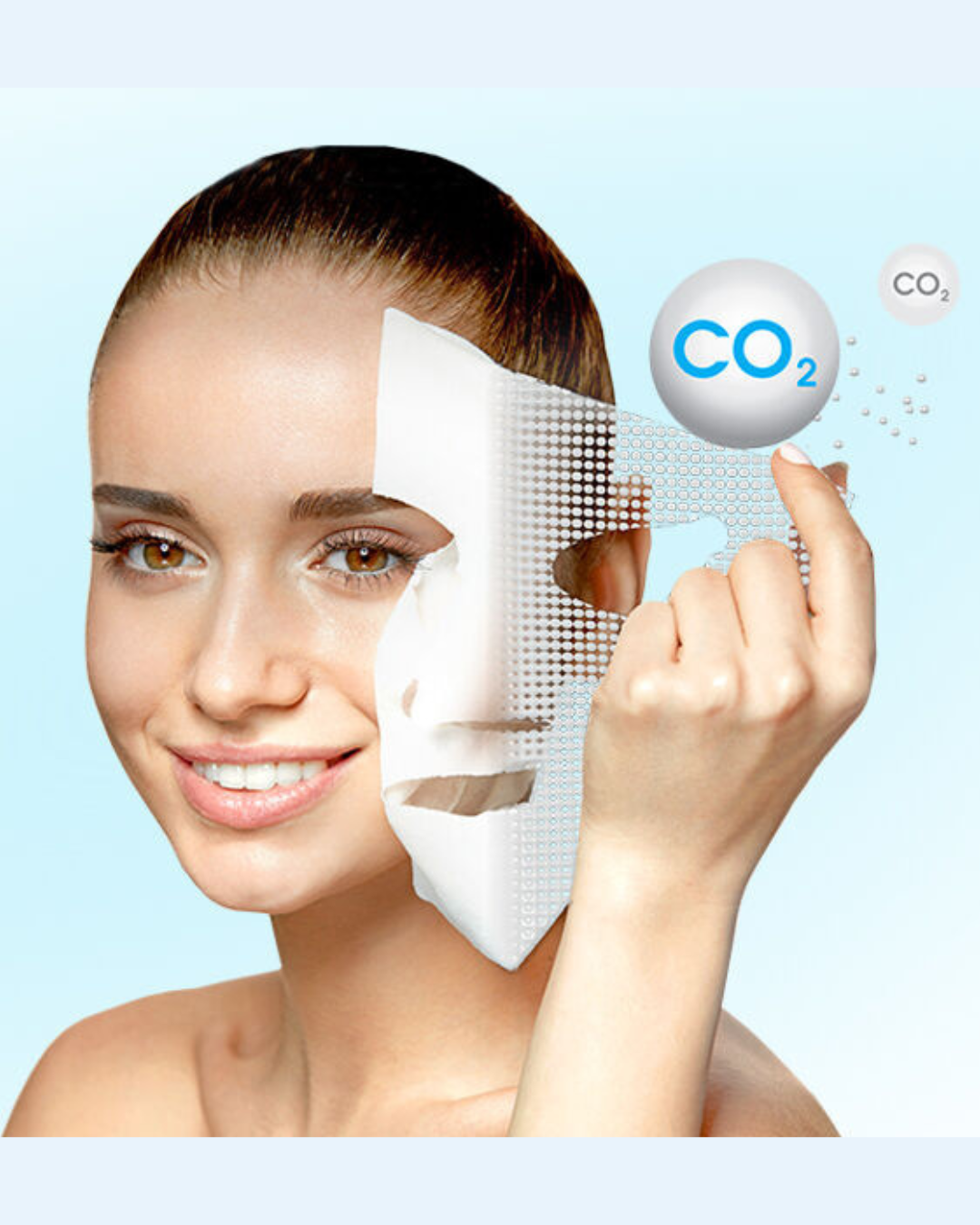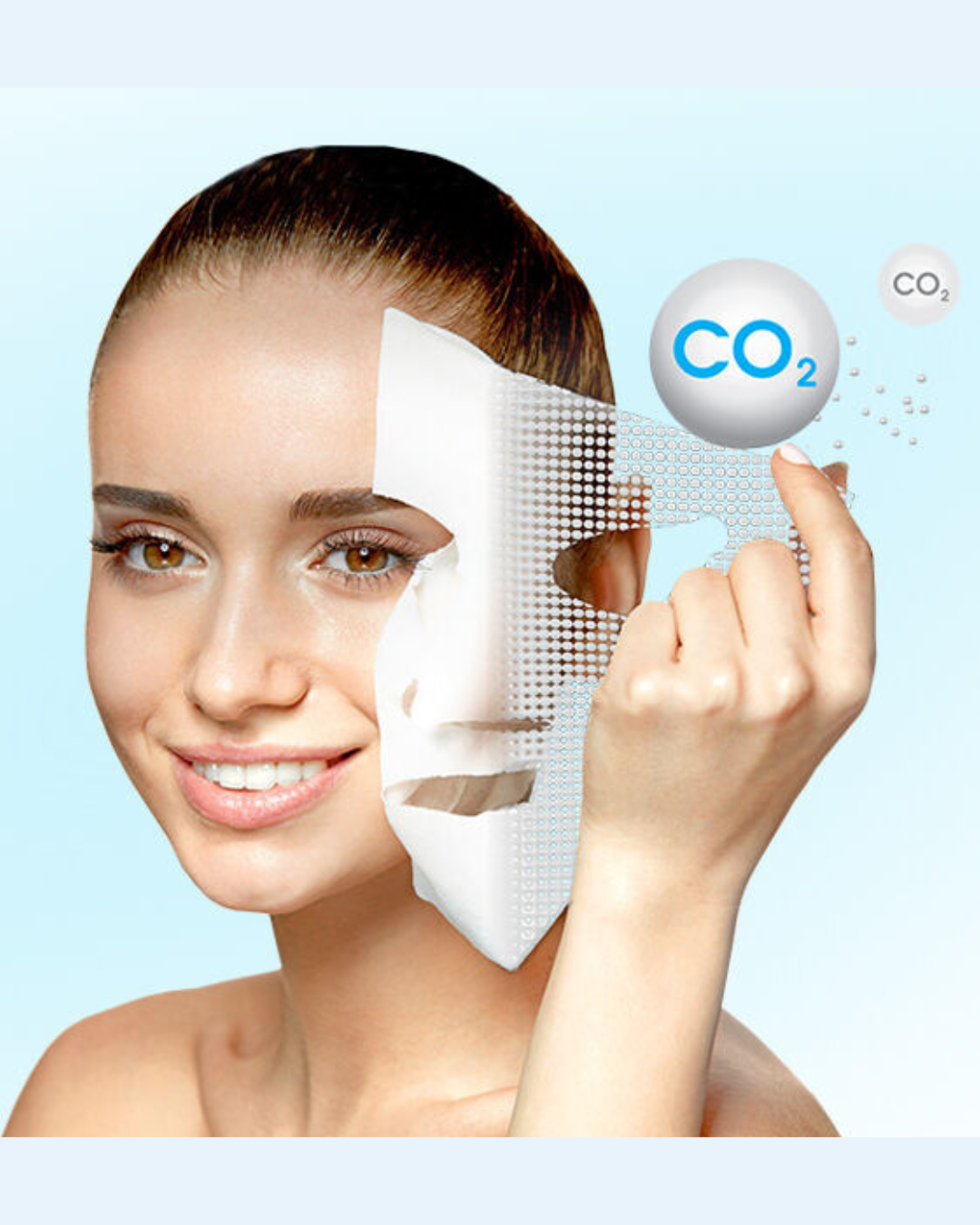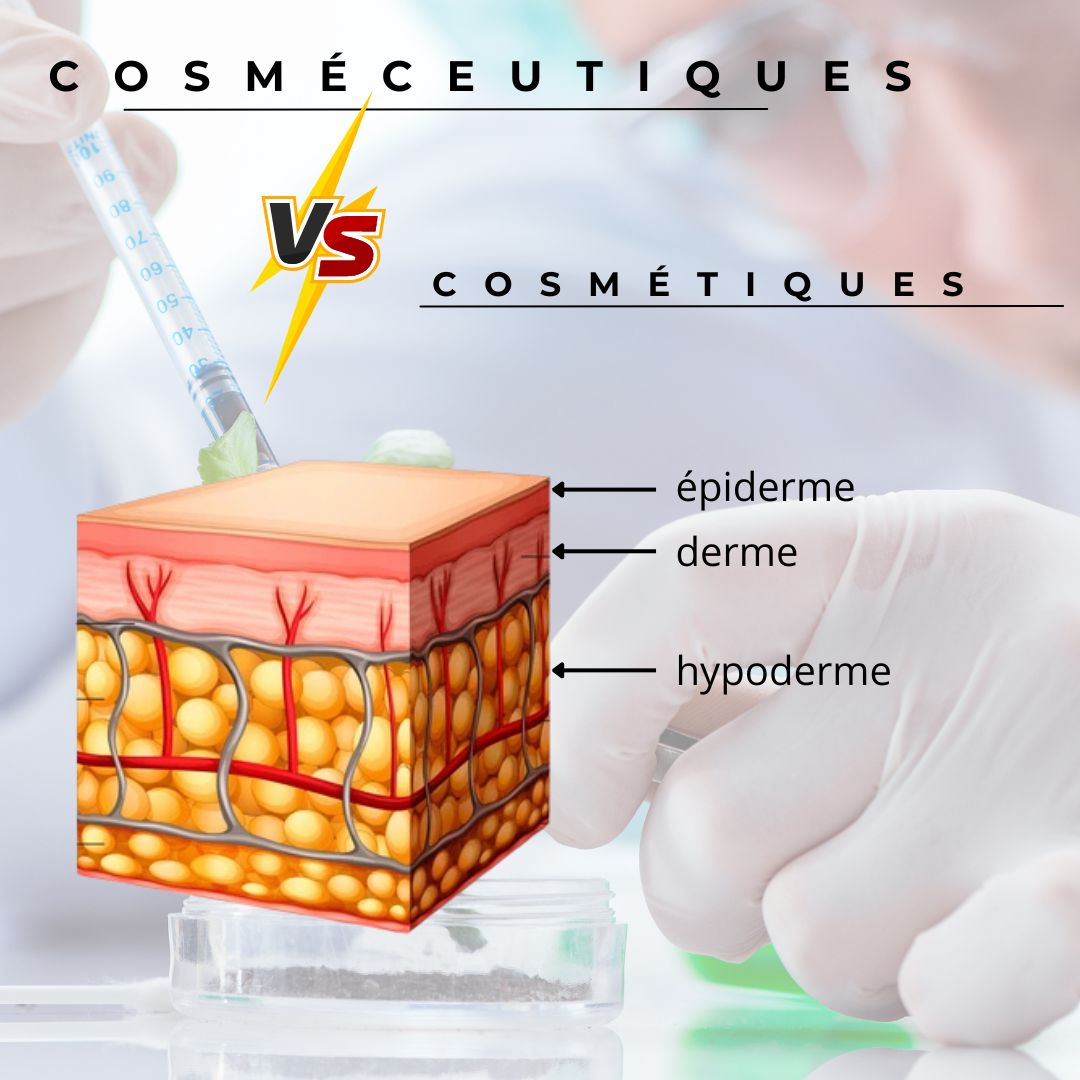Carboxytherapy for the Face: What Is It?
Carboxytherapy, like many lifting techniques, has transitioned from medicine into the field of cosmetology. Carbon dioxide injections are used for the regeneration of joints and the spine, as well as in neurology, phlebology, and gynecology.
Today, CO₂ therapy is widely applied in the beauty industry to rejuvenate the skin, eliminate pigmentation, dark circles, and post-acne marks. In this article, we explain what this procedure involves and how just one session can restore a fresh and rested look to the skin.
How Does Carboxytherapy Work?
Around the age of 40, due to natural aging and poor environmental conditions, the elasticity of the blood vessels responsible for cellular exchange decreases significantly. As a result, skin oxygenation drops by up to 50%, and metabolic processes slow down. The skin loses firmness and radiance, and deep wrinkles, pigmentation spots, and dark circles appear.
Carboxytherapy helps to activate the body’s natural physiological processes. Carbon dioxide, in synergy with oxygen, stimulates respiratory functions. When CO₂ is injected into the skin, a local hypoxia effect is created, forcing the cells to work more actively. This mechanism is known as the Bohr effect.
In response to the lack of oxygen, the body increases blood circulation. The tissues receive better nourishment, and fibroblasts produce more collagen.
Result: the skin becomes firmer, more hydrated, and more radiant, wrinkles are smoothed out, and the overall appearance improves.
Indications for Carboxytherapy for the Face
This technique helps correct many aesthetic imperfections:
-
wrinkles, sagging, and loss of skin tone;
-
hyperpigmentation;
-
dull complexion, dryness, and flakiness;
-
scars and post-acne marks;
-
dark circles and puffiness under the eyes;
-
telangiectasias and couperose;
-
rehabilitation after aggressive cosmetic procedures (laser resurfacing, chemical peel, etc.).
Types of Carboxytherapy
In cosmetology, two methods are distinguished:
-
Injectable carboxytherapy – injection of carbon dioxide under the skin using a specific device.
-
Non-injectable carboxytherapy – application of skincare preparations rich in CO₂ molecules.
Unlike injectable carboxytherapy, the non-invasive method has no absolute contraindications. It preserves the integrity of the epidermis, is suitable for all skin types, and can be performed at any age.
Non-Injectable Carboxytherapy by FreiHaut: Procedure Steps
The CO₂ CARBOXY PRO carboxy-peel lasts 90 minutes and includes five main steps:
-
Make-up removal and skin cleansing. Gentle products open the pores without disrupting the skin’s hydrolipidic balance. A special toner degreases the skin to promote deeper penetration of active ingredients.
-
Application of the phyto-active gel. This gel contains sodium bicarbonate, responsible for the release of carbon dioxide. It is enriched with nourishing and hydrating plant extracts that strengthen the skin’s protective functions and reduce inflammation.
-
Application of the activating mask. The mask with citric acid reacts chemically with the gel, releasing CO₂ directly on the skin. It acts as a “screen,” preventing the gas from evaporating and enhancing its effectiveness.
-
Application of the active serum. It improves blood circulation in skin prone to couperose and redness, strengthening capillaries. Oxygen circulation increases significantly, wrinkle depth decreases, and skin impurities responsible for a dull and “greenish” complexion are reduced.
-
Application of the final mask. This toning and refreshing mask contains new active oxygen, which has an excellent effect on the renewal of the epithelium.
Results of Carboxytherapy for the Face
Carboxytherapy stimulates the natural mechanisms of cellular and tissue regeneration, providing rejuvenation through the body’s own resources.
Visible results appear after the very first session:
-
improved complexion;
-
reduction of enlarged pores;
-
lightening of pigmentation spots;
-
firmer, more elastic skin;
-
smoothing of expression lines;
-
normalization of sebaceous gland activity;
-
reduction of scars and post-acne marks;
-
diminished dark circles and puffiness;
-
reduction of telangiectasias.
A course of 4 to 8 sessions is recommended for long-lasting effects, especially in large cities where the skin often suffers from hypoxia (oxygen deficiency), dehydration, and a dull appearance.
Aftercare Recommendations Following Carboxytherapy
The patient can immediately return to their normal routine, but the following is advised:
-
avoid sun exposure for the first few days, apply a high SPF sunscreen;
-
refrain from using scrubs, acid peels, or aggressive products for 1–2 weeks;
-
moisturize the skin with creams or gels containing hyaluronic acid;
-
avoid intense physical activity, saunas, or steam baths for 24–48 hours.
Carboxytherapy and Pregnancy
Non-invasive carboxytherapy has no absolute contraindications. It can be performed during pregnancy and breastfeeding.
However, injectable carboxytherapy is not recommended in these cases.
Which Procedures Can Be Combined with Carboxytherapy?
Carboxytherapy enhances the effectiveness of many cosmetic techniques, including:
-
Mesotherapy – injection of vitamin cocktails under the skin. CO₂ accelerates the diffusion of nutrients and improves skin texture.
-
Biorevitalization – injections of hyaluronic acid. Combined with carboxytherapy, it provides a strong lifting and hydrating effect.
-
Dermal fillers – volume correction using hyaluronic acid. Carboxytherapy improves blood circulation and promotes faster recovery.
-
Device-based techniques. By stimulating microcirculation and lymphatic drainage, carboxytherapy enhances and prolongs results, shortens the recovery period, and prevents complications such as burns and hyperpigmentation.
During a consultation, the aesthetic doctor at the FreiHaut Institute will explain carboxytherapy in detail and design a personalized protocol based on your skin and specific needs.





